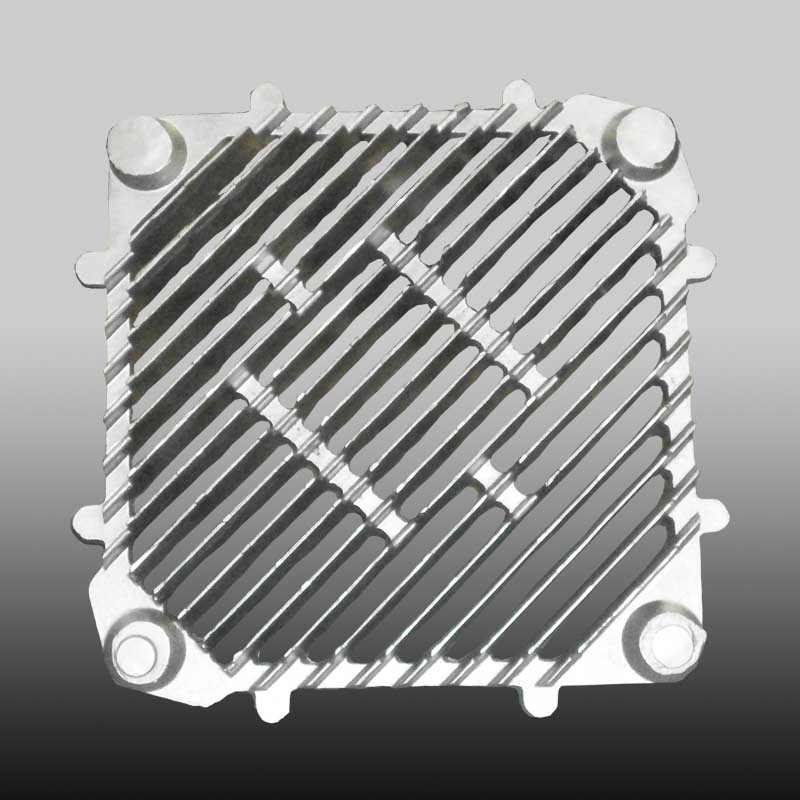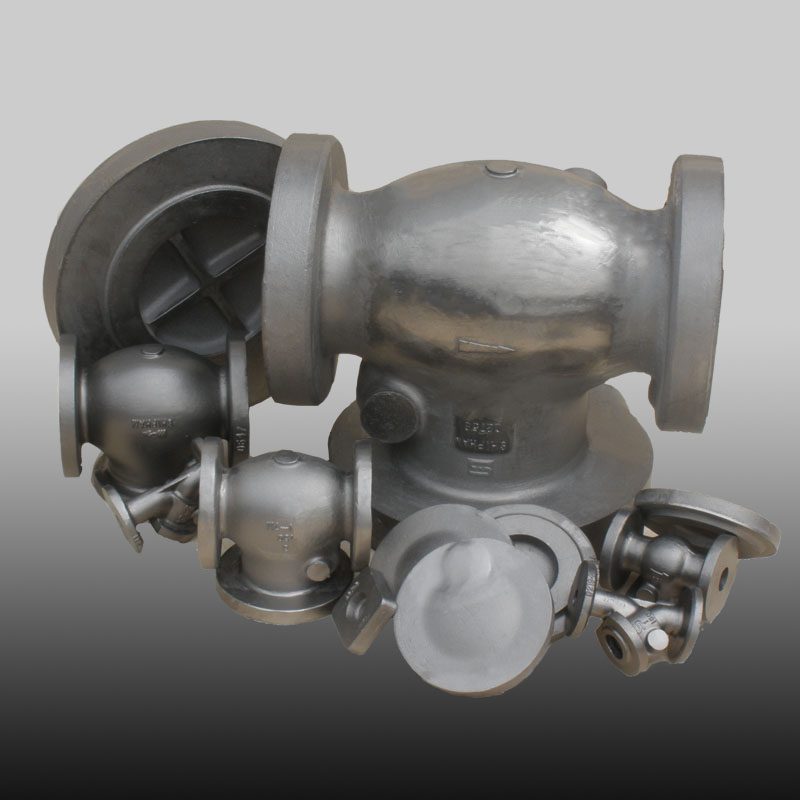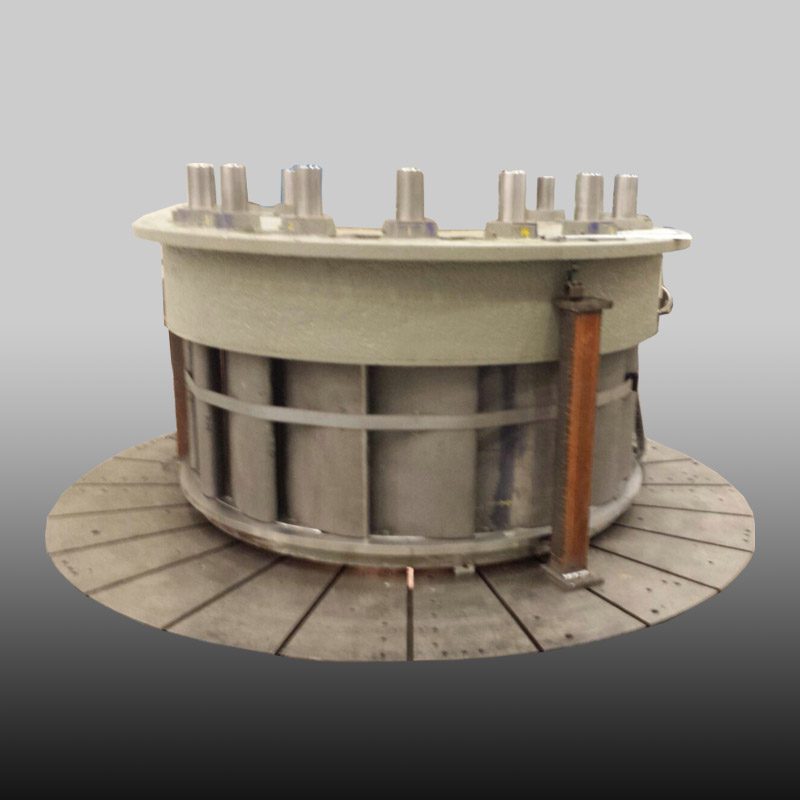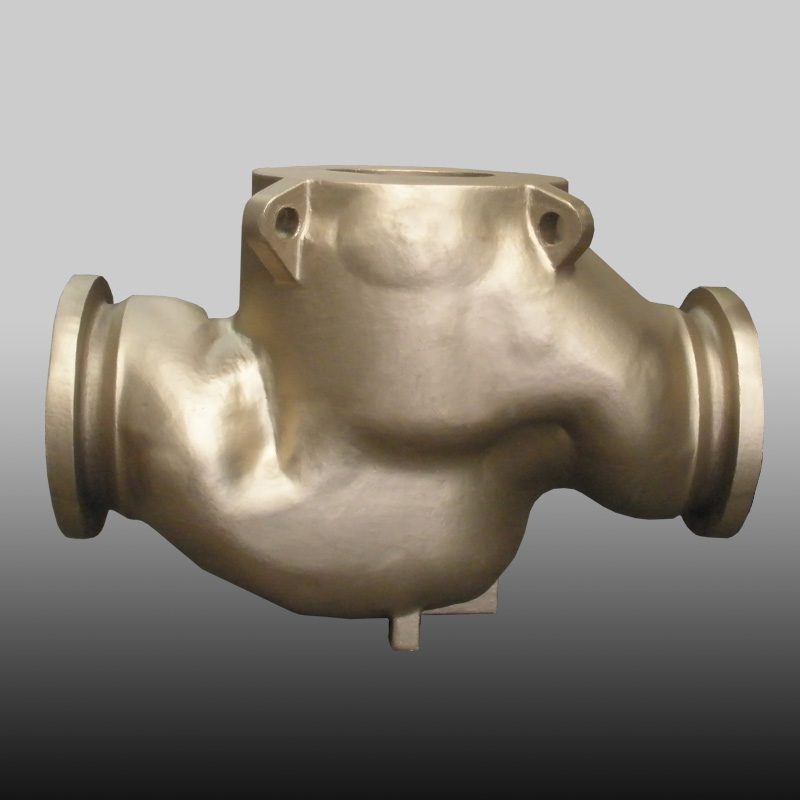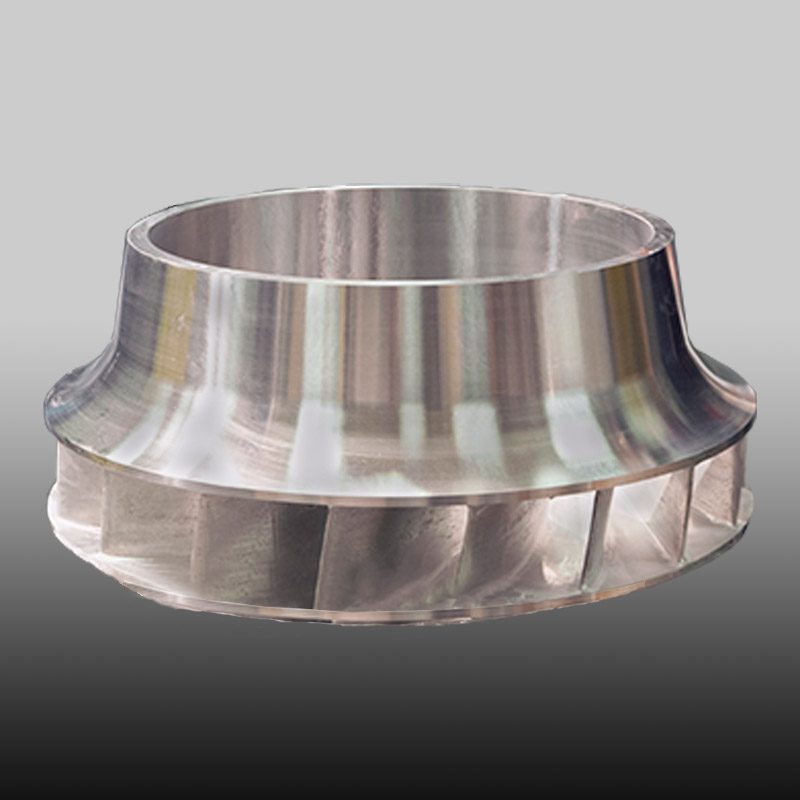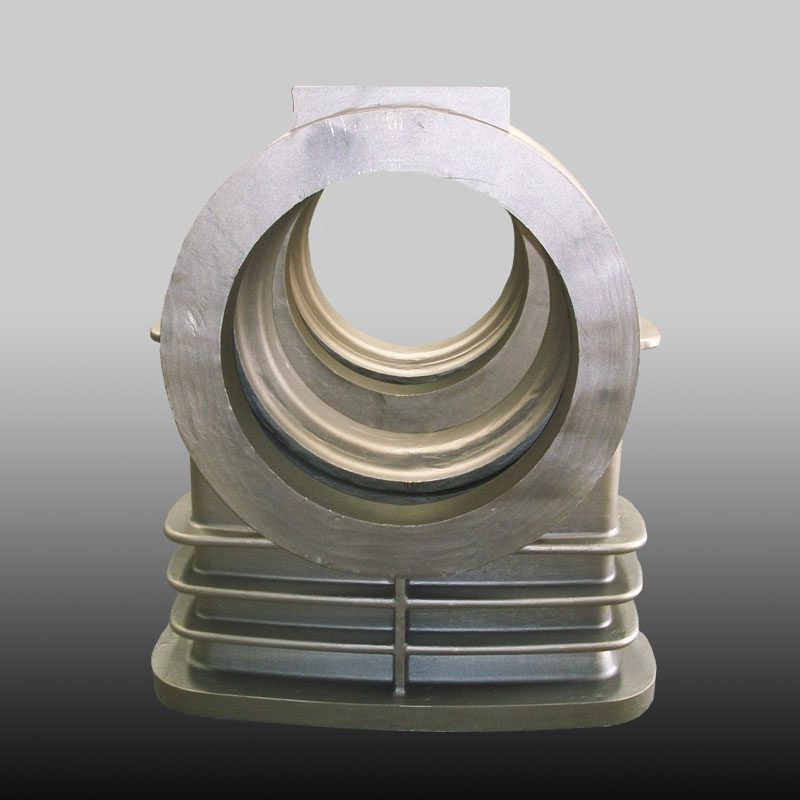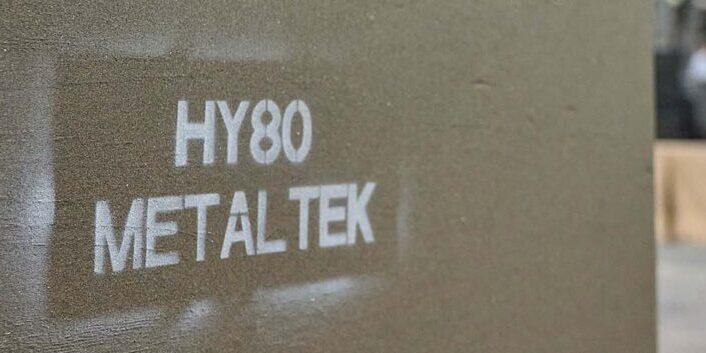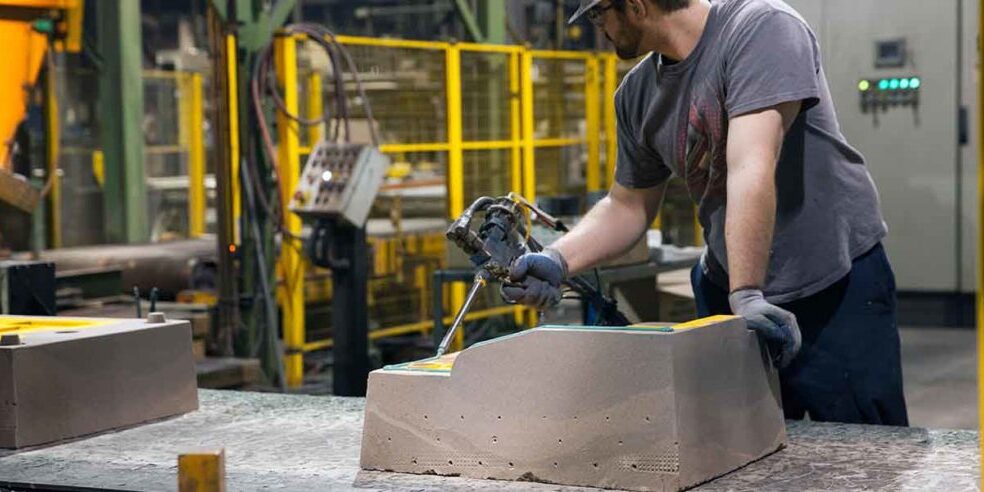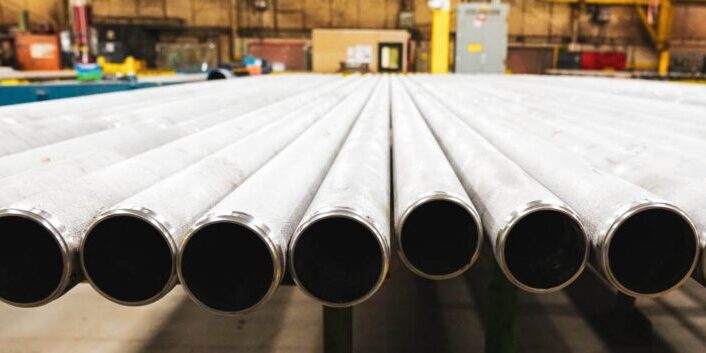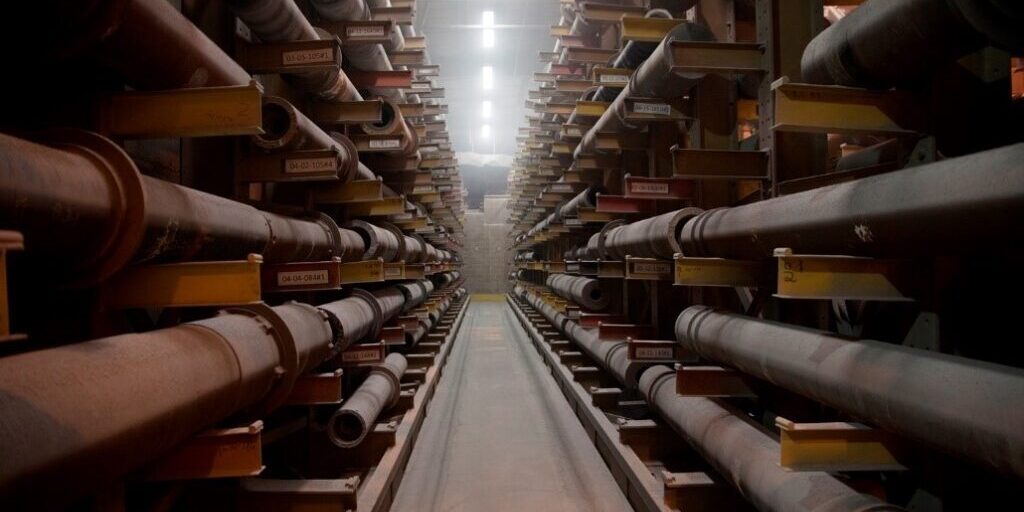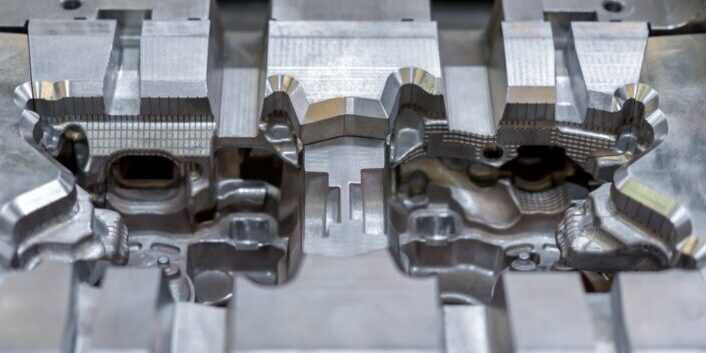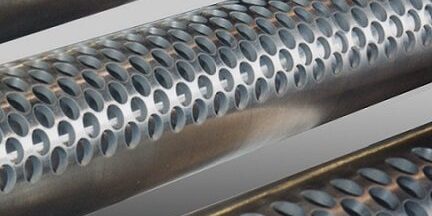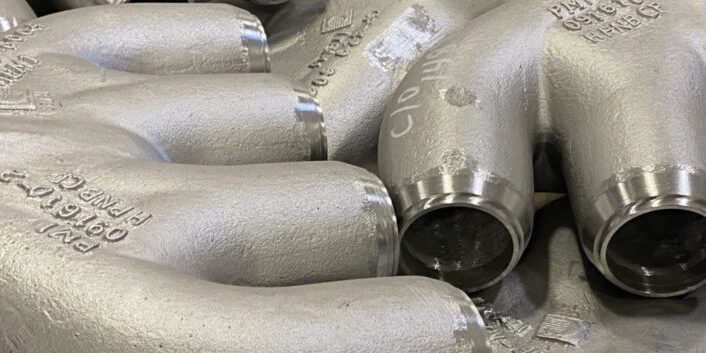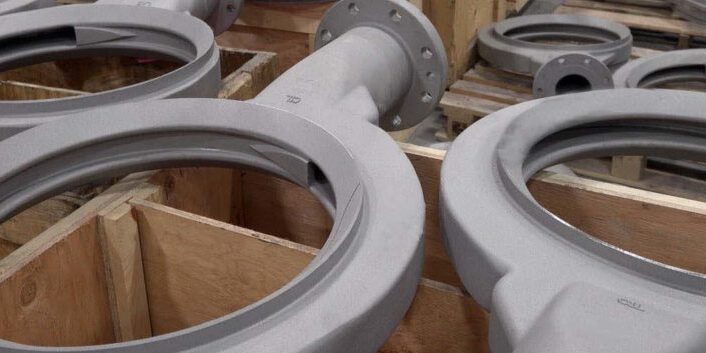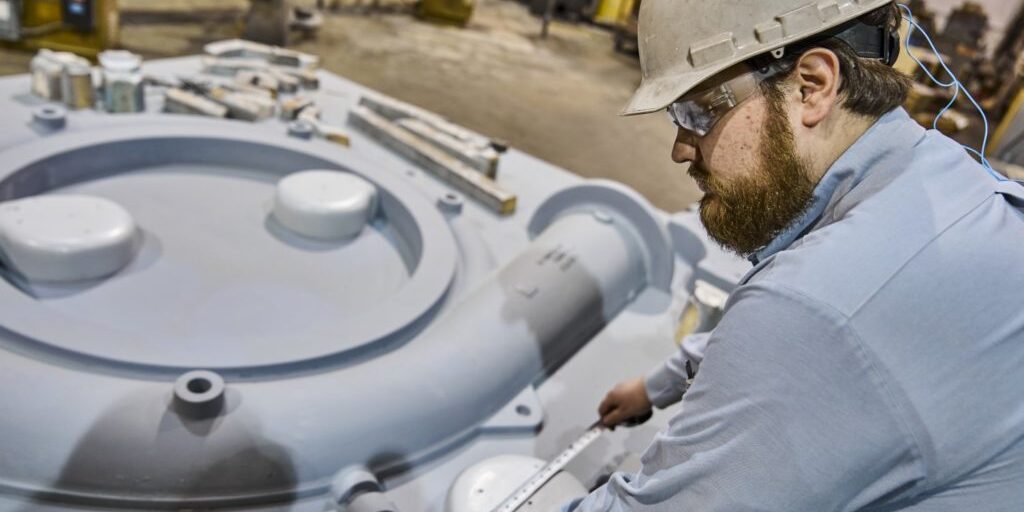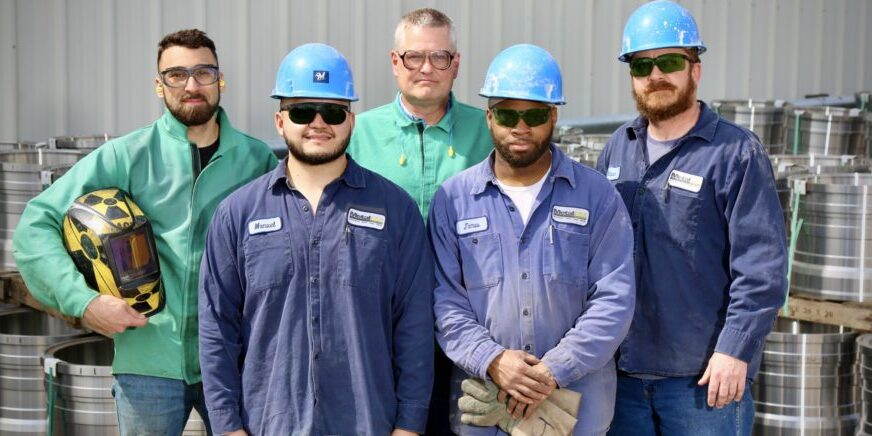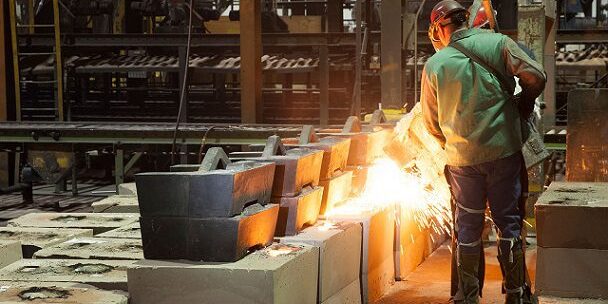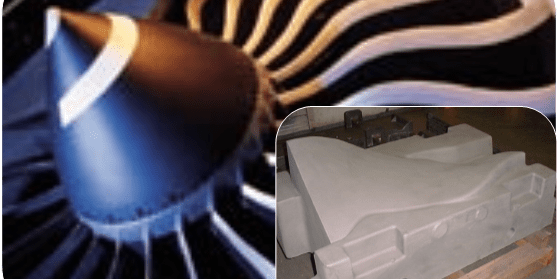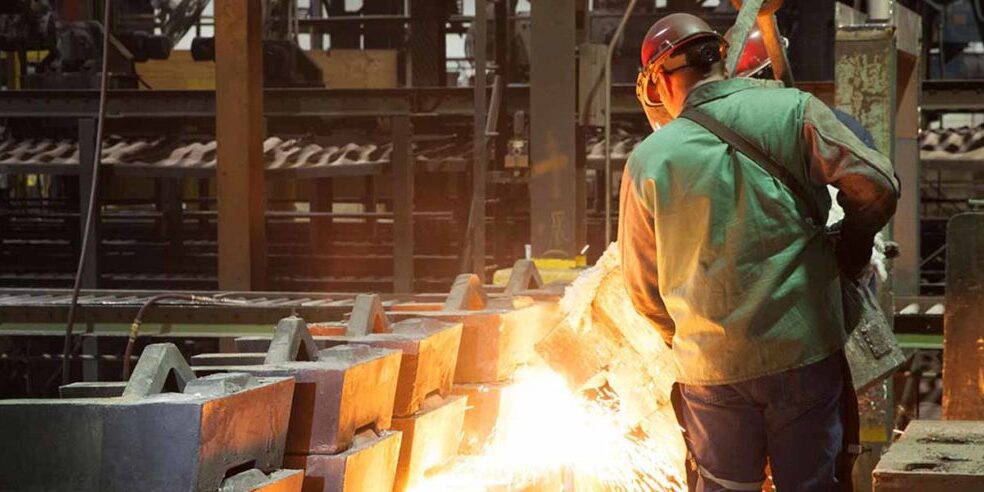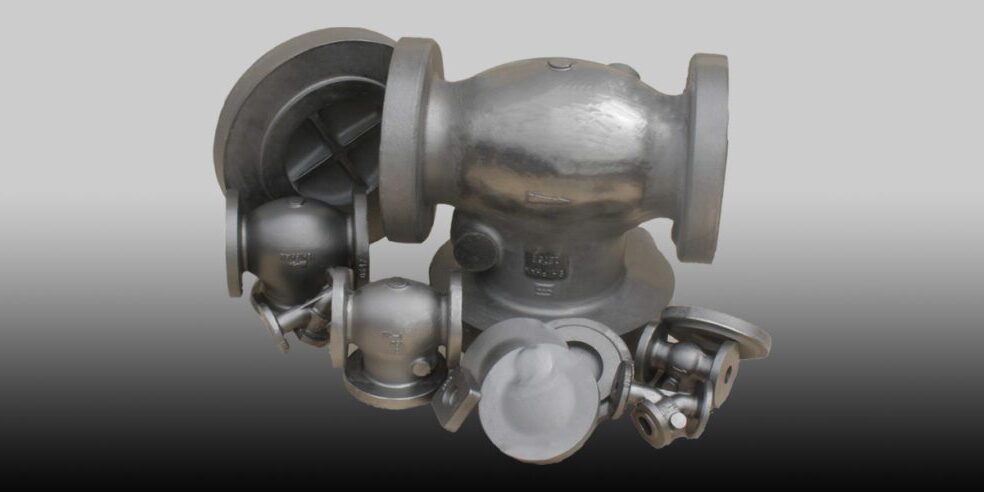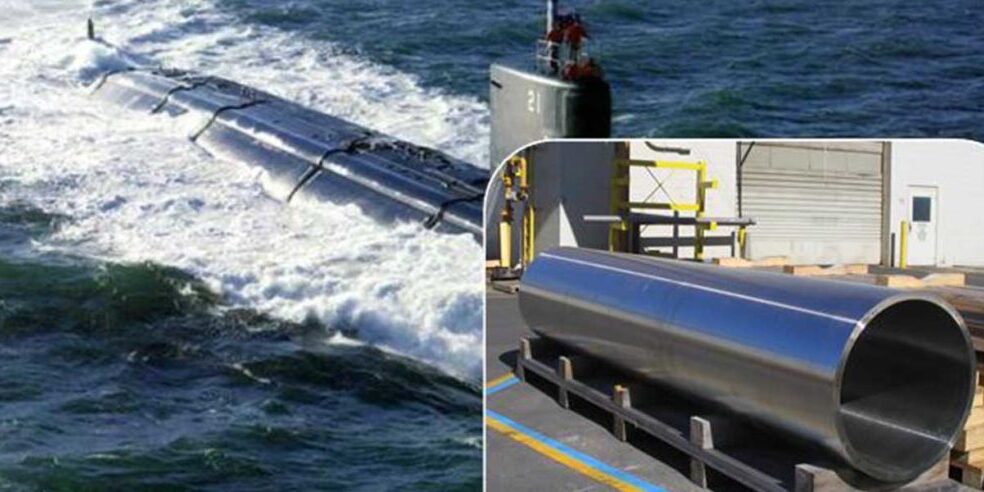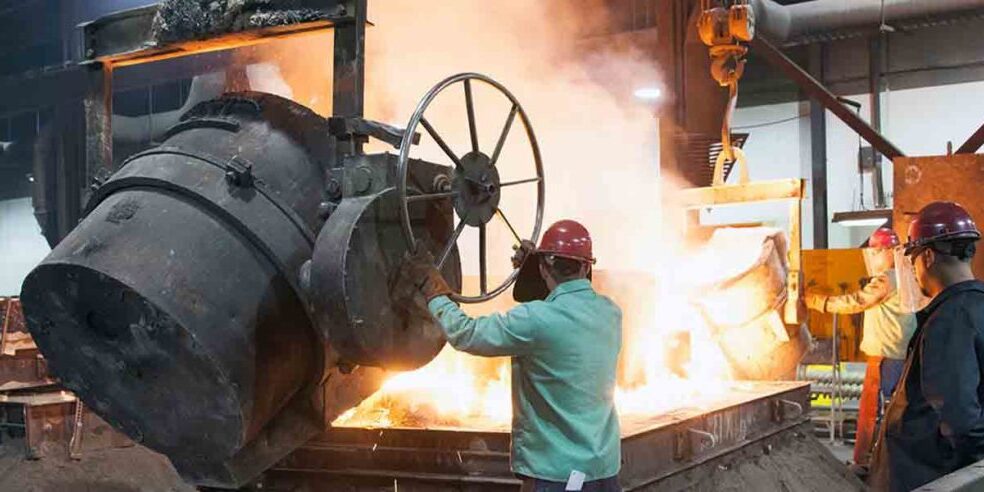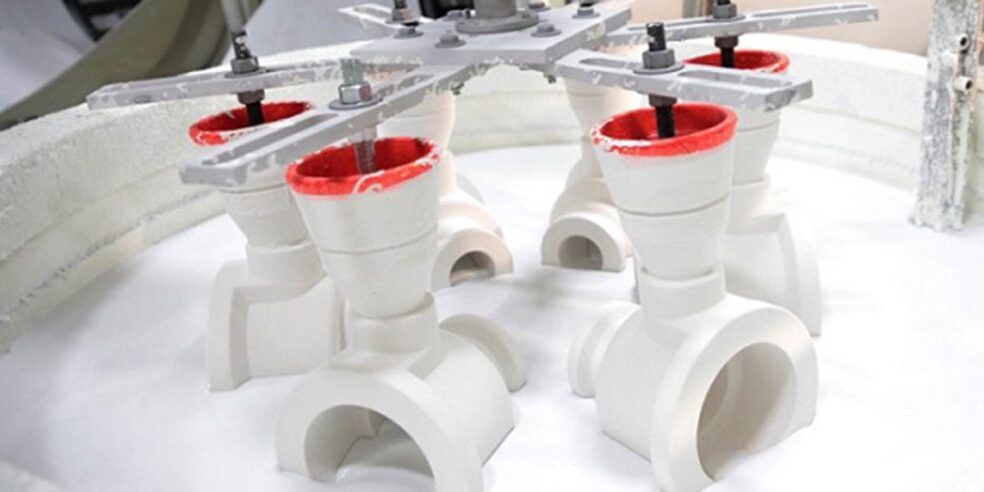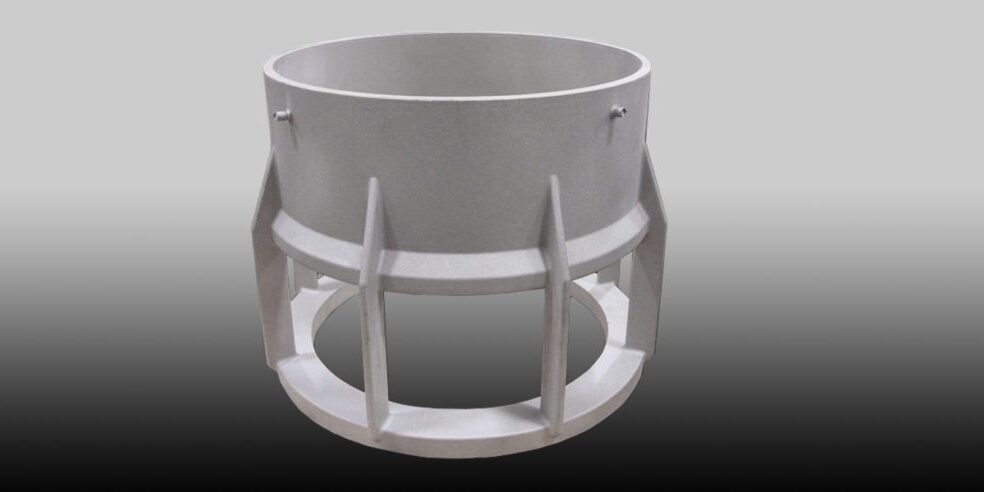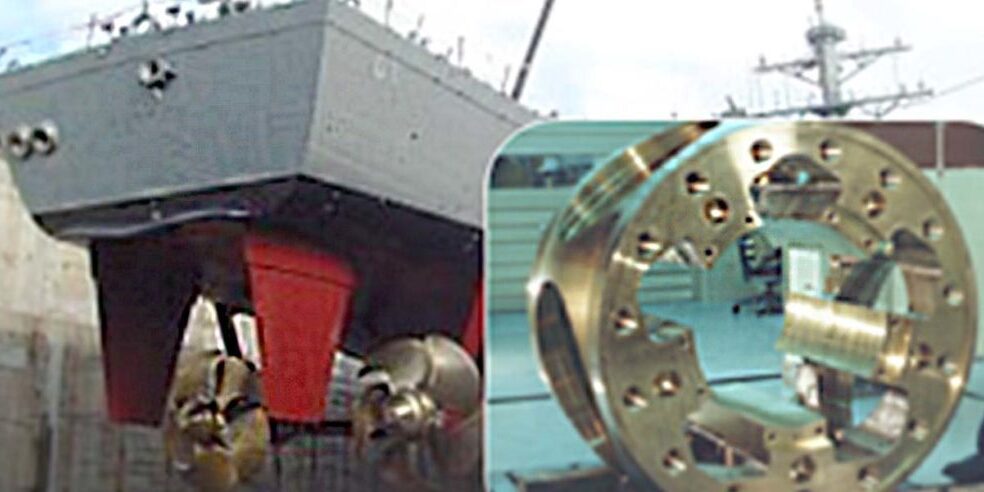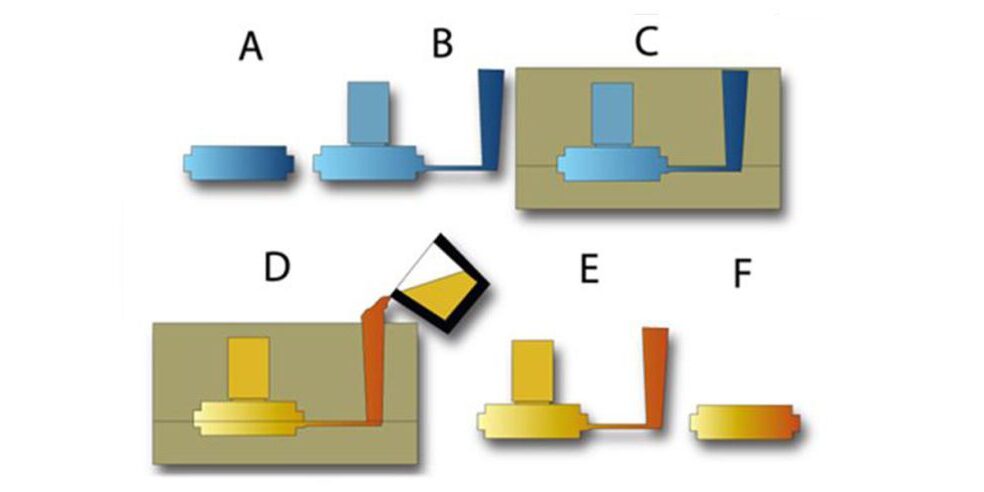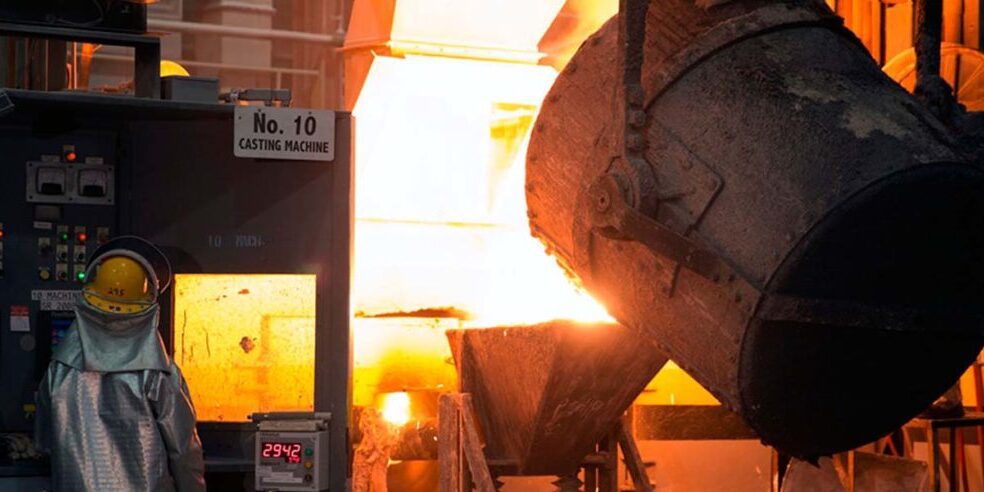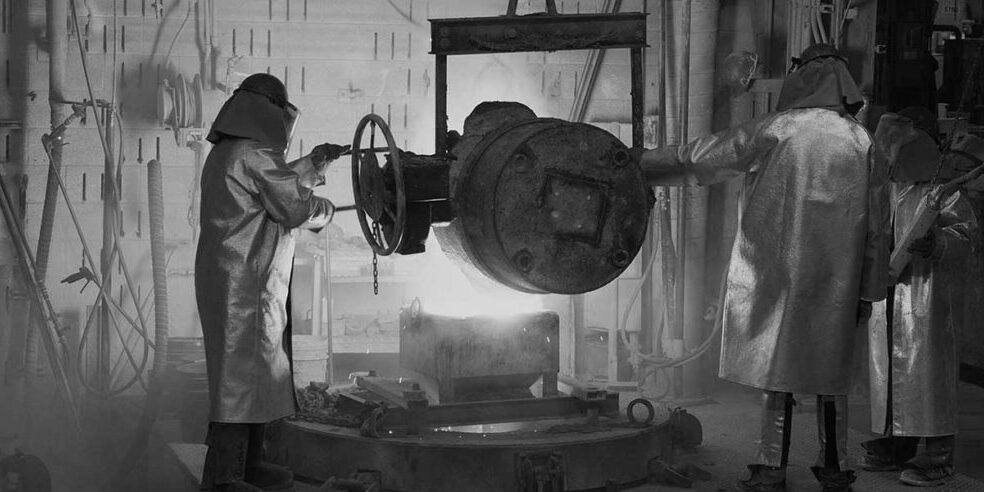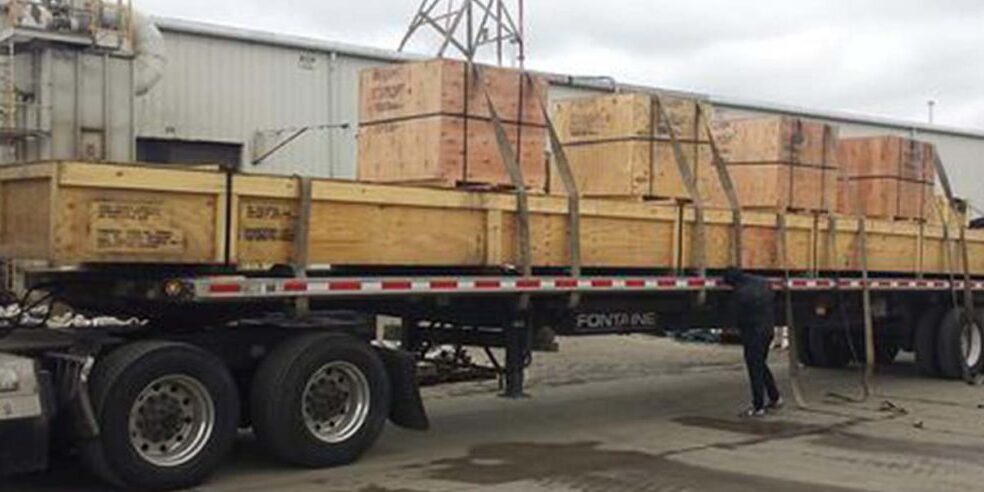Sand Casting
Need help with a new project?
Let's push the limits of what is possible, together. Ask your metal experts.
What is Sand Casting?
Sand casting (also called sand mold casting) has been used for thousands of years. It is a cost-effective and versatile method for producing metal components ranging from ounces to thousands of pounds. Low tooling costs make sand casting ideal for low and medium-volume production. Nearly any metal part made using other casting methods can be produced through sand casting. Cores can be used to create complex internal structures, making sand casting well suited for intricate components.
The sand casting process begins by creating a pattern of the part, including the metal delivery system (gates and risers). A sand mixture with bonding agents is packed around the pattern to form a mold. Once the pattern is removed, it leaves a cavity shaped like the part. Molten metal is then poured into the cavity and solidifies as it cools.
After solidification the mold is broken apart and excess material is removed, leaving the casting. Machining can be used to improve surface finish and dimensional tolerance, if required. Because of its versatility and ability to create large and complex shapes, sand casting is widely used across demanding industries such as defense, petrochemical, and mining.
Our Sand Casting Expertise
MetalTek’s Carondelet Division produces sand castings in a modern, highly-automated facility and is a preferred supplier for small to medium production runs. Carondelet features an in-house pattern shop and IMF, patternless, automated isocure, no-bake, and pit molding.
-
Pour weight up to 36,000 lbs. (16 330 kg)
-
Ship weight up to 18,000 lbs. (8165 kg)
Carondelet pours over 300 ferrous alloys, including stainless steel. We produced the 184 benches for the Pentagon Memorial and are one of the few suppliers qualified to produce HY-80 sand castings for the defense market to NAVSEA Tech Pub 300. We traditionally focus on ferrous projects, but will consider non-ferrous projects. Contact us to learn more.
Sand Casting Video
When to Use Sand casting
Sand casting is a good choice when your application requires:
-
Complex external shapes with internal structures and passageways
-
Parts ranging from under a pound to 18,000 lbs. (8,165 kg)
-
An acceptable as-cast surface finish of 250 – 500 RMS
-
Post-cast machining to achieve a smoother surface finish
-
Moderate tolerances
-
Frequent design changes without high tooling costs
-
A lower-cost alternative to investment casting
-
Reasonable tooling and pattern maintenance costs
-
Consolidating multiple components into a single casting

